The meaning of a well-known phrase nobody likes to experience – chronic illness – is based on the fact that this is something that is going to stay with you long-term and perhaps forever. If that’s your case, you can take the time to educate yourself on the subject and make dealing with it easier. And remember, you’re never alone in this. Not only your family, friends or doctors can help you get through it, but in this digital era, there isn’t a shortage of groups and online communities available to exchange experiences with.
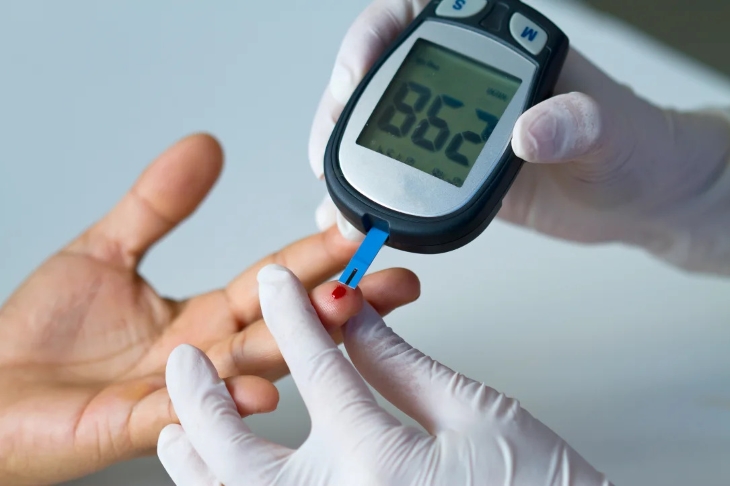
As defined by the Australian Government’s Department of Health: Diabetes occurs when your pancreas cannot produce enough insulin or your body becomes resistant to insulin. For our bodies to work, we need to convert glucose (sugar) from food into energy. People with diabetes can’t convert sugar to energy efficiently. This leads to high levels of sugar in the blood, called hyperglycaemia. Insulin, a hormone produced by the pancreas, controls our blood sugar levels. There are different types and three main types of diabetes: type 1, type 2, and gestational diabetes (diabetes while pregnant).
Learn More About Diabetes and Prevent Complications
While there is still no known permanent cure for type 1 diabetes, where basically the body has developed an autoimmune disease and is attacking itself, only 5-10 % of the population with diabetes have type 1 and the rest 90-95% of the affected are diagnosed with type 2.
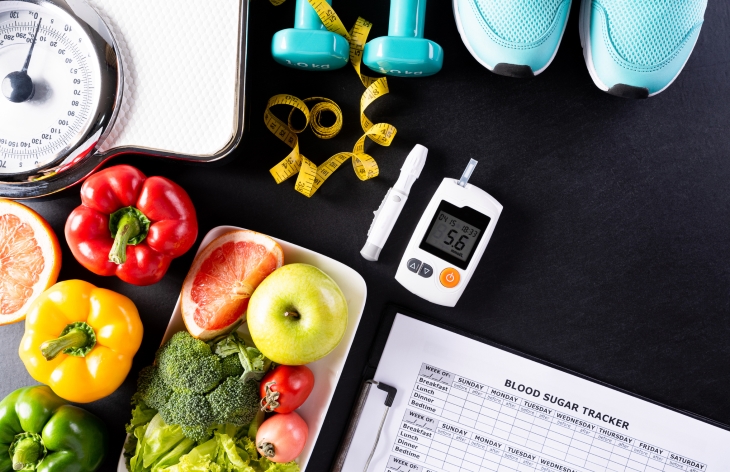
The good news is, even if you’ve been diagnosed with diabetes you still have control over it. Yes, losing weight, lifestyle changes, following a healthy diet are all crucial, but there are also some tools that can help you learn more and prevent severe complications.
How Can I Check if I Am Diabetic?
The only way you can confirm if you or a loved one has diabetes is by getting a laboratory test of your blood that measures your blood glucose (sugar) levels. These can be arranged through your GP. You will find out about a possible diagnosis of diabetes once you receive your laboratory results, which are usually ready within a couple of days.
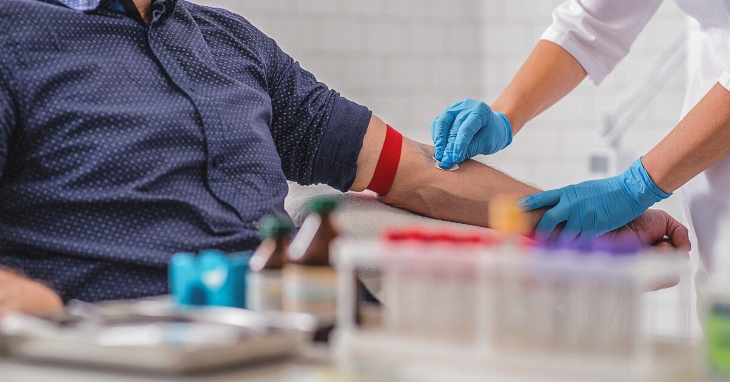
How to Monitor Diabetes at Home?
Once you deepen your awareness about the situation you’re in, there are ways to be in control and manage your diabetes. You can do this through your doctor’s recommendation and also at home with different types of glucometers. A regular inspection through a blood test is highly recommended every 3 months and if you’re in a vulnerable category you can have blood tests taken every day at your local hospital.
Your doctor can also recommend and prescribe you a system that stays with you and tests glucose every few minutes. A CGM (continuous glucose monitor) works through a tiny sensor inserted under your skin, usually on your belly or arm. The sensor measures your interstitial glucose level, which is the glucose found in the fluid between the cells. As you’re already guessing, this is a life-saving tool for people who need to constantly regulate their insulin.
Another way to monitor diabetes at home is by using blood glucose monitors. They can be easily purchased online without a prescription. Your doctor or diabetes educator can recommend the appropriate model for you. They can help you better understand how to use your monitor. But in general, here’s how the process of using blood glucose monitors goes:
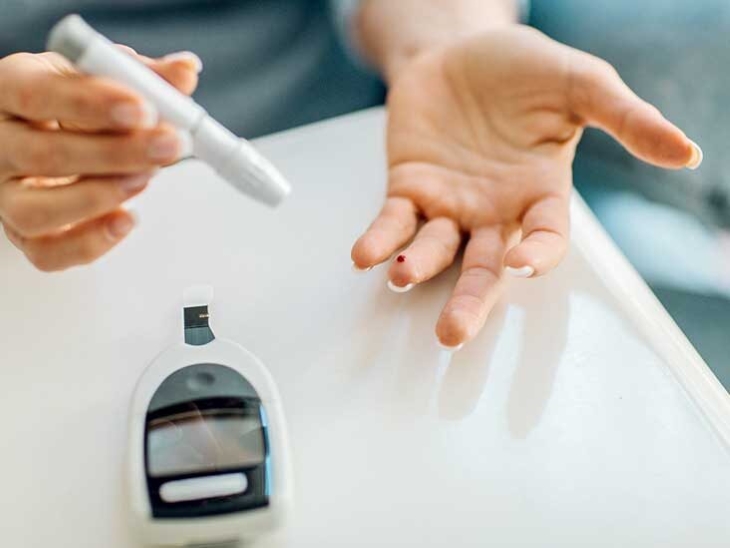
- Clean and dry your hands well;
- Insert a test strip into your meter;
- Prick your fingertip with the needle (lancet) provided with the home glucose meter;
- Hold the edge of the test strip to the drop of blood;
- Wait a few seconds before the meter displays your blood sugar level on the screen.
Blood glucose meters are usually sold as kits giving you all the equipment you need to begin. There are many variants, offering different features and at different prices to meet individual needs. Most of these are available from Diabetes Australia in your state or territory, pharmacies and some diabetes centres.
As advised by Diabetes Australia, the best times to check your blood glucose are:
- Before breakfast (fasting);
- Before lunch/dinner;
- Two hours after a meal;
- Before bed;
- Before rigorous exercise;
- When you are feeling unwell.
Even though your meter may have a memory, it is important to keep a record of your readings in a diary and to take this with you to all appointments with your diabetes health team. This will provide both you and your doctor with important information in deciding if and how your treatment may need to be adjusted.
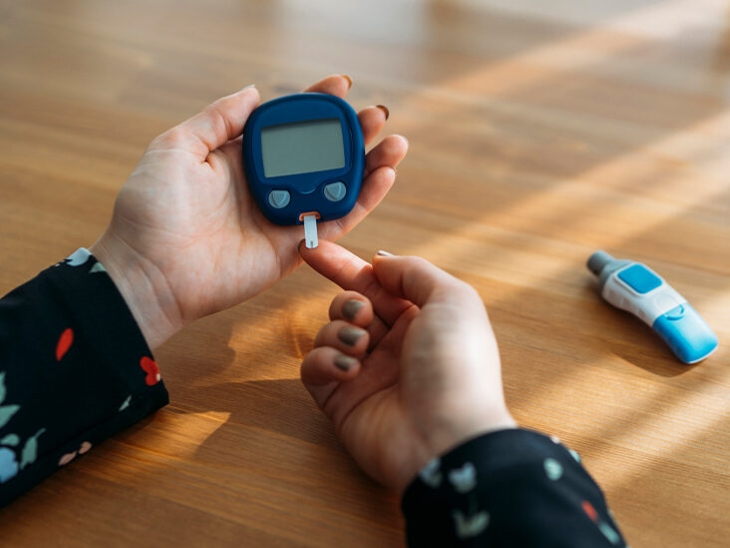
Make Caring About Yourself Your Priority
Regular doctor check-ups, monitoring your sugar levels with blood glucose meters, exercising, minimising stress and especially eating a balanced and healthy diet, are all a part of the solution. And not only is this common sense, but this is also something we all should pay much more attention to.
Many people are in a prediabetic condition and live and function normally without knowing that this condition can worsen with time usually because this is in their genetic predispositions. If you don’t know your metabolism, your allergies, your hormonal (dis)balance, etc., you will be stuck playing the guessing game about what works or not. So, a simple piece of advice toward better health is paying attention to yourself and your organism, talking openly about all your problems and habits with your healthcare professional.


















